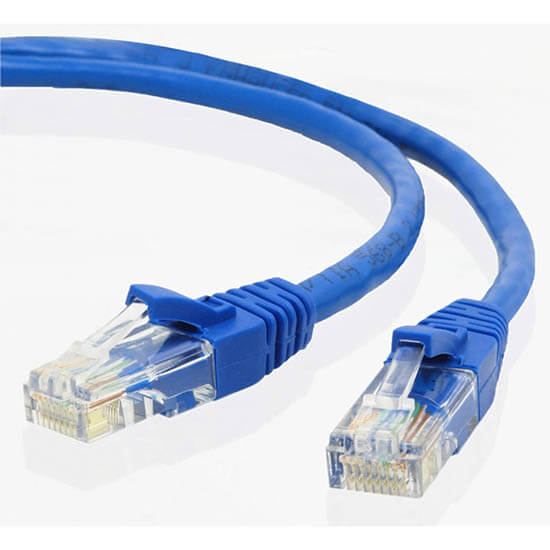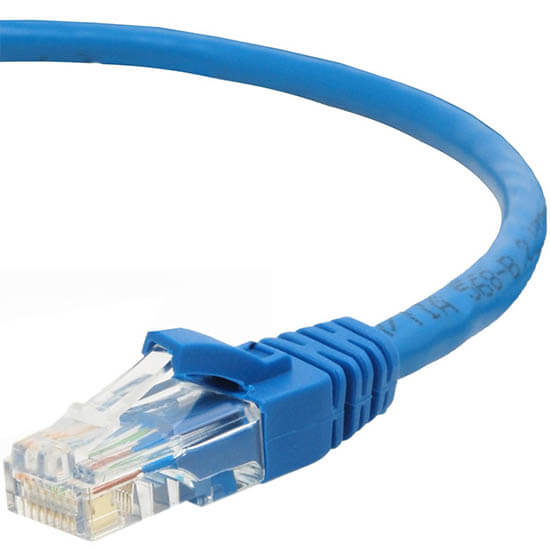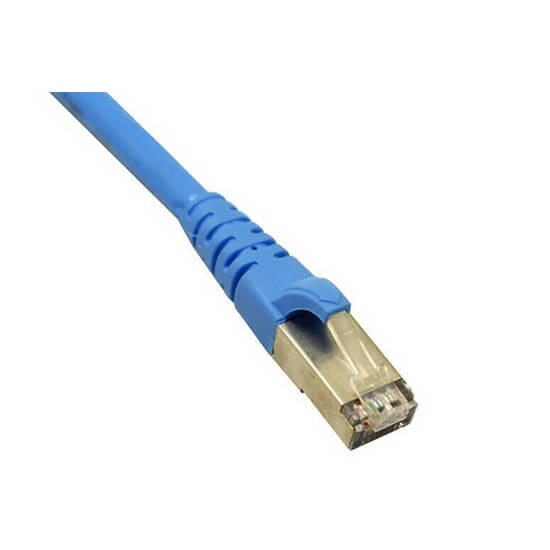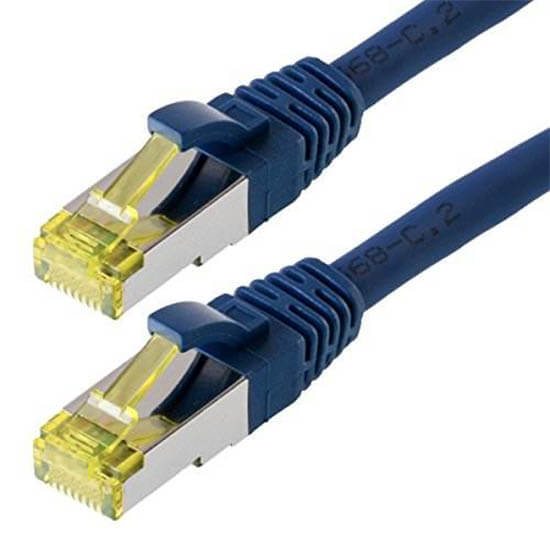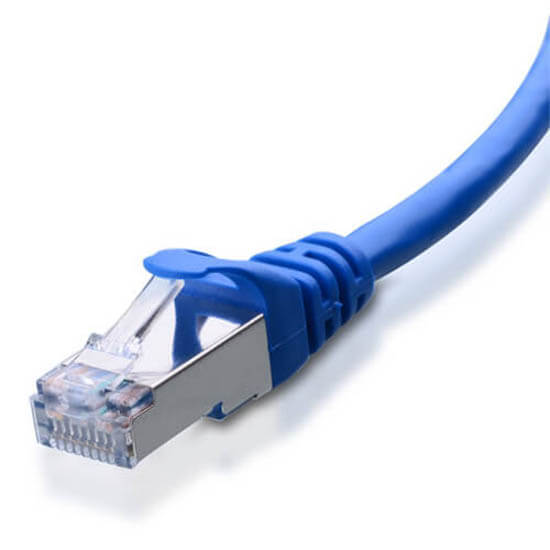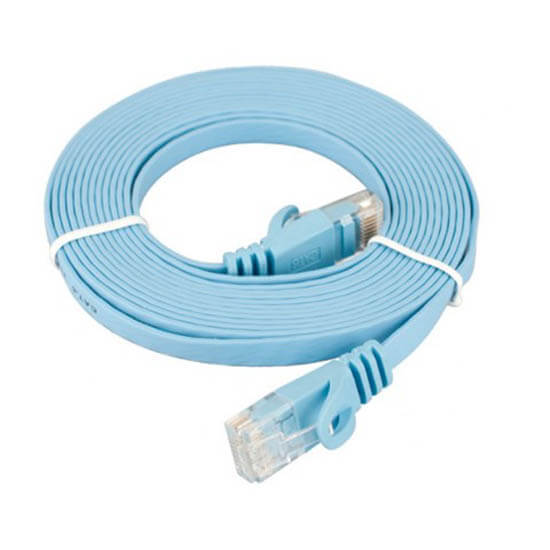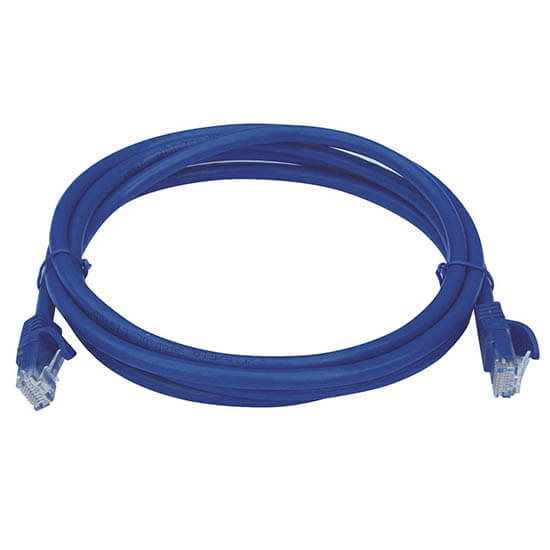Patch Cables
Otscable is Patch cable Manufacturer based-in China, offers high quality patch networks cable, such as Cat5e Cat6 Cat6a Cat7 Cat8 Flat and Ultra patch cable. Includes unshielded (UTP) FTP (Foil twisted pair) and shielded (STP) configurations. Welcome to request a free quote or samples for quality evaluation.
Patch Cable
Bringing into the market the best, high-quality, China-priced Patch Cables, pre-terminated with durable RJ45 connectors, OTSCABLE has embarked on its 17th year continually paving the future of networking and communications for thousands of people.
A Patch Cord/Cable is the best cabling solution for “patching” short-distanced devices together. OTSCABLE offer premium quality Patch Cords/Cables for signal routing, phone connections, video transfer technologies such as HDMI over Ethernet and home automation.
The Patch Cables are equipped with RJ45 connectors featuring molded strain relief snagless boots and 50-micron gold-plated contacts, ensuring secure and static-free transmission over laptops, servers, printers, storage devices, Power-over-ethernet and many more.
Our Patch Cables are stranded with 7 copper wires, each having Ø0.20 mm (0.008"), 24 AWG and can be able to reach a bandwidth rating up to 550 Mhz Ethernet 10BASE-T, 100BASE-TX(Fast Ethernet), 1000BASE-T (Gigabit Ethernet), 10GBASE-T (10-Gigabit Ethernet).
We produce industry-standard ANSI/TIA-568-C.2 patch cables, complete with meeting and even exceeding UL, ETL, CE, and ROHS. What more can you get than an all-combined package of high-quality, safe and competitively-priced generic patch cable from OTSCABLE?
OTSCABLE also offer these accessories that go along/supports our Patch Cords.
- Modular Plugs
- 110 Style Patch Cable
- Keystone Jack
- Patch Panel
- Voice Patch Panel
What is a Patch Cable? (Patch Cable Definition)
Your Ultimate Guide on Patch Cables
A Patch Cable or patch cord functions to connect (“patch in”) two electronic or optical device in many signal routing and network cabling purposes. Patch cables can also be termed as “patch leads”. A patch cable allows the connection of a wired segment from a patch panel of a communication rack into a hub or switch.
What are the Different Types of Patch Cords?
Different types of patch cables can be usually used in linking a computer to a nearby network switch, hub or router and a switch to a router. There are a variety of patch cables to choose from such as:
- Single-conductor wires using banana connectors
- Coaxial cables using BNC connectors
- Shielded or unshielded category cables using 8P8C (RJ-45) with straight-through T568A or T568B wiring (modular cables wired to T568A at one end and T568B on the other are more commonly referred to as crossover cables)
- Fiber optic cables
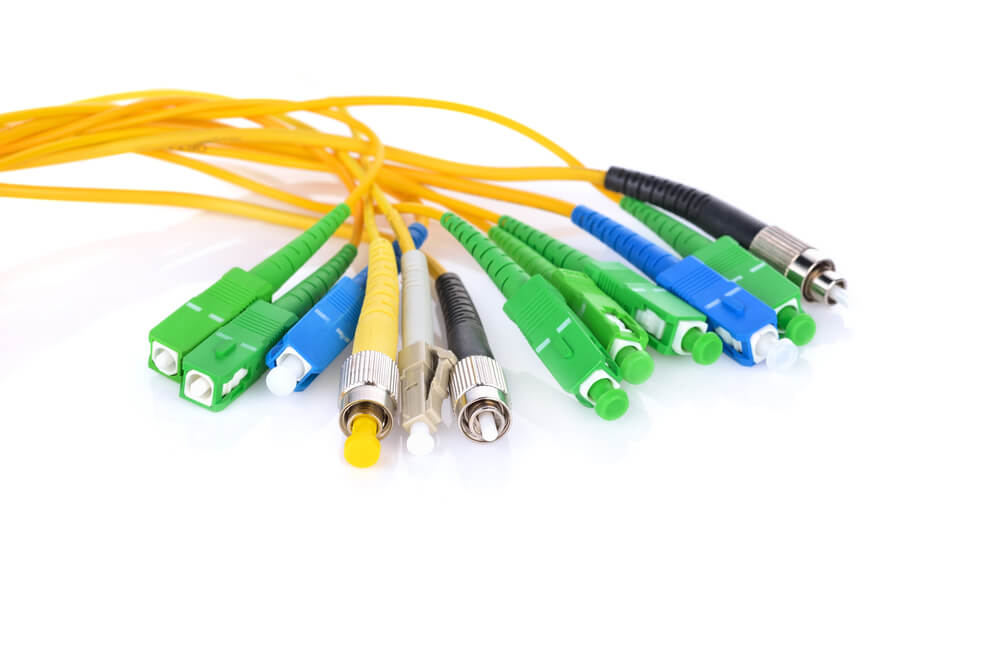
Where is a Patch Cable Usually Used/Found?
The Internet connection can be hard-wired through connecting a patch cable to your laptop or device from a modem or DSL. A specific type of Ethernet patch cable, the crossover cable, can be used in connecting two computers to each other.
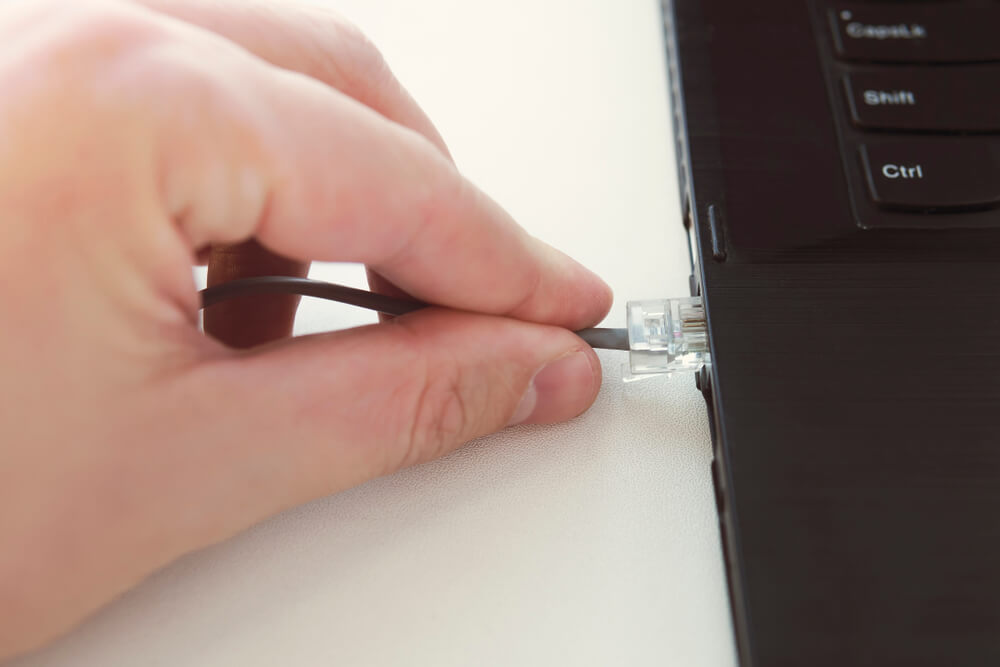
The most common Ethernet patch cables are CAT5/CAT5e that can deliver speeds from 100 Mbps to 1 Gps(1000 Mbps) at 100 Mhz frequency.
What is the Difference Between Patch Cables and Other Cable Types?
Patch cables have connectors at both ends and are usually shorter. In contrast with bulk cables offered by OTSCABLE, patch cables are more flexible than the standard stiff, bulky copper cables.
What is the difference between a Patch Cable and an Ethernet cable?
Some might ask, Is there a difference between a patch cable and ethernet cable?
A patch cable may be a fiber patch cable or an Ethernet patch cable, like Lucent Connector (LC) optic fiber patch connector or Cat6 RJ45 patch cable.
“Ethernet” belongs to a group of computer networking technologies that are used in Local Area Networks (LAN). Fiber optic cable, twisted pair or coaxial cable and category cable (Cat5, Cat5e, Cat6, Cat7, Cat 8, etc) are Ethernet cables.
Can I Use Patch Cable as an Ethernet Cable?
A patch cable can be used as an Ethernet Cable. In most network wiring at home, short patch cables are used to function as an Ethernet cable.
OTSCABLE also offers patch cables that can function as modular connectors for Ethernet and telephone, with a variety of modular plugs and keystone modules (plugs and jacks) to choose from.
OSTCABLE Patch Cable Manufacturing Process
With our company’s expertise in cable production, our in-house cable manufacturing process produces the best premium Patch Cables
PHASE 1: Manufacturing Copper Cables
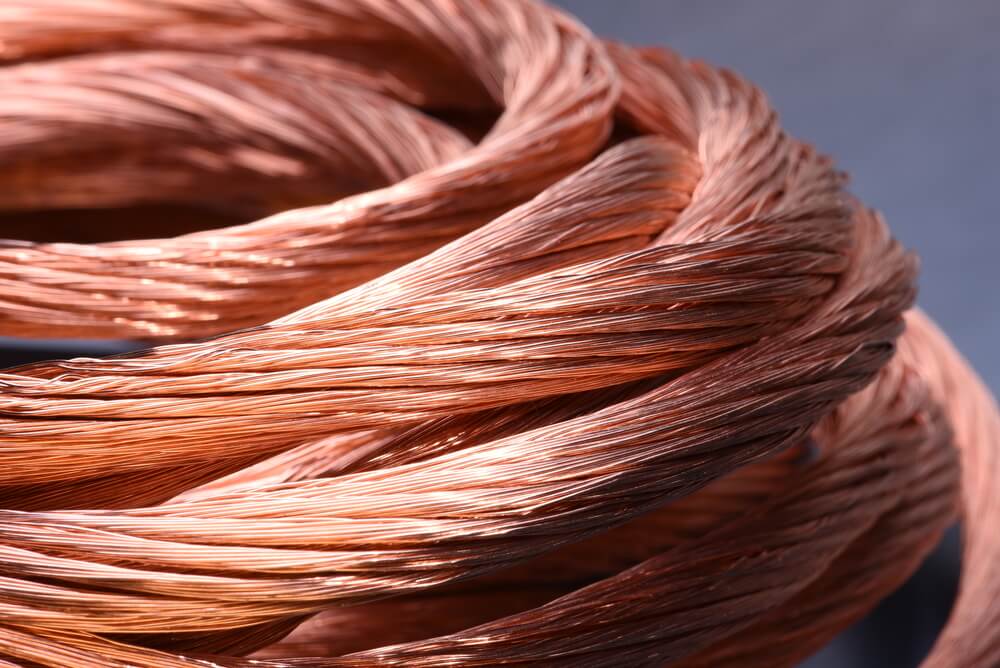
Step #1: Multiple Processes of Wire Drawing
The copper wire goes through a series of wire drawing processes as outlined in the OTSCABLE LAN cable manufacturing processes.
Wire drawing is a process in which the wire is drawn through a die so as to reduce its diameter and increase the length. As this happens, its volume remains the same.
Upon completion of this stage, the copper wire’s diameter reduces from 2.6 mm to almost 0.5 mm (10 AWG to 24 AWG), depending on the size requirement that will be needed. For example, Cat5 patch cables have wire diameters of 24 AWG, whereas Cat6e patch cables have 23 AWG.
Step #2: Increasing Wire Ductility through Annealing
From its brittle state after drawing, the wire needs to be annealed to make it ductile. Annealing is simply the process of heating the copper to a certain temperature then slowly cooling it.
At this stage, the wire submerged in water is heated up to 1000 deg F for just a moment before taking it out of the water. Submerging it in water prevents oxidation and corrosion of the metal.

Step #3: Wire Extrusion, Insulation, and Testing
The next step requires the wire to be passed through an extruder where either a single or double coating of plastic is applied. High-density polyethylene pellets are fed into the extruder, heated and melts.
Step #4: Wire Diameter and Insulation Testing
Before the reels move to the next manufacturing operation, wire diameter and insulation diameter are measured, and the wire is tested for electrical properties as capacitance and resistance.
Step #5: Wire Twisting and Stranding
In this step, the insulated wires are twisted into wire pairs. Each pair has a unique twist length to avoid crosstalk and interference.
The wires will now be tested for electrical defects such as crosses, shorts, and opens.
Step #6: Cabling
The wires that came out from the stranding process are grouped together forming a multi-unit cable core. A rotating core truck twists together the cables that provide protection against electrical interference and provides flexibility.
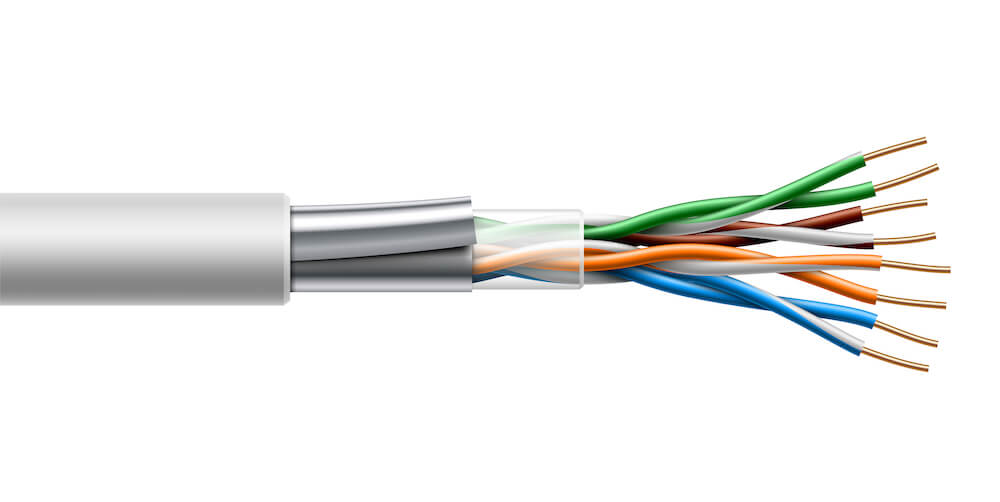
Step #7: Jacketing
At jacketing, several operations such as gel-filling, armoring, jacketing, and printing is performed to produce the finished cable. Upon finishing the jacketing operation, the finished cable is wound onto wooden reels.
Gel-filling and Armoring
The cable core is heated ensuring that the filling compound penetrates possible voids. A filling compound is added into the heated core in the filling chambers. Then finally, a plastic core is wrapped around the cable.
Metal Sheathing
Depending on the cable design, a protective metal sheathing of either aluminum or aluminum and steel combined may be added during this manufacturing step. The aluminum acts as a grounding path for high-voltage surges that may be caused by lightning strikes and other eventualities in aerial cables, while steel adds mechanical protection for cables that are buried...
Extrusion of Outer Cable Jacket
Extrusion again takes place for the outer cable jacket. It is usually made from low-density polyethylene, is colored black and can have a characteristic of being ultraviolet light resistive in case it is exposed to sunlight. This rugged thermoplastic is the final protective layer applied into the group of conductors enclosing the against the environmental conditions.
Cooling
The jacketed cable then passes through a temperature- controlled water trough, which cools the jacket. The cable is dried, and the top layer of the jacket is heated slightly so that printer markings can be imprinted on it. The cable labels are stamped into the jacket itself and will be permanently marked for its lifetime.
PHASE 2: Termination of RJ45 Patch Cables for Cat5e, Cat6, Cat6a, Cat7, Cat8 Cables

In Phase 2, the manufactured cables are cut into industry-standard lengths and fitted with modular plugs RJ45 at both ends. The standard cable lengths manufactured by OTSCABLE are as follows:
- 1m (3ft)
- 1.5m (5ft)
- 2m (7ft)
- 3m (9ft)
- 5m (15ft)
Step #1: Prepping the Cable
The snagless boots are placed. Then the cable’s jacket is stripped/peeled off at about 1 inch from its end through a crimping tool. At the best of times, a modular plug crimping tool with exchangeable crimping dies is used.
Step #2: Wiring According to EIA/TIA T568B Standards
The 4-pairs of conductors contained inside are un-twisted from its position by hand. Inside, we can see an orange pair, brown pair, green pair and blue pair.
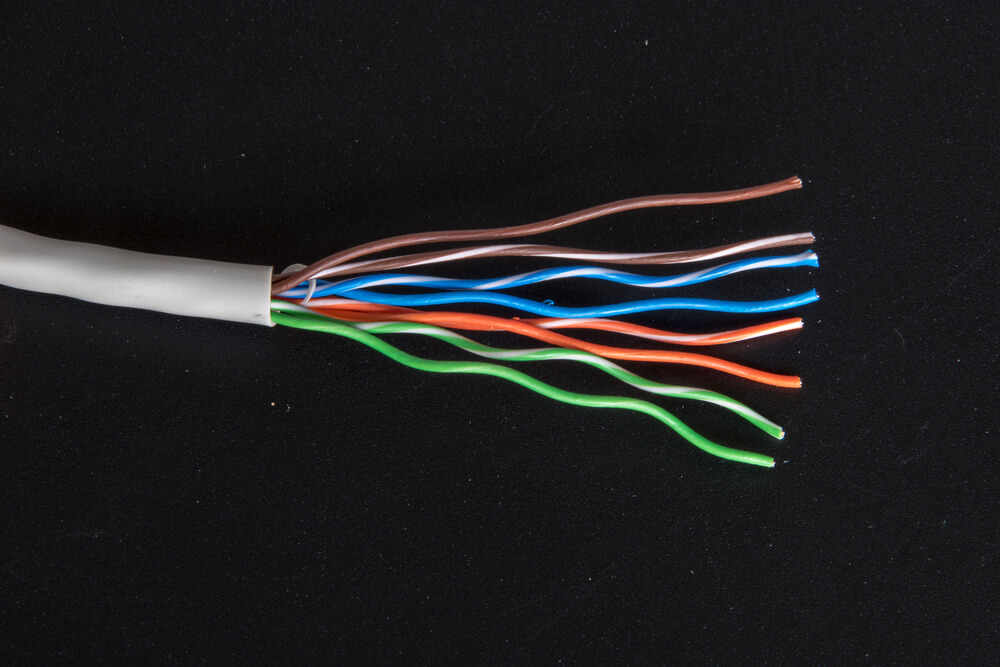
The conductor wires are arranged according to 568B standard as demonstrated below.
Wiring for Standard Patch Cables
Standard patch cables have an identical sequence of colored wires on each end.

Upon arranging the wires and straightening them, they are cut at a perfect 90-degree angle from the cable.
Using a Load Bar
A lot of people ask the difference between the cable categories, especially when it comes to Cat 5 or Cat 6. These two are the most common ones found in home networks. The termination of both cables are the same, only in Cat 6 and the above categories is a load bar preferably utilized.
Because Cat6 cable has thicker wire diameter (23 AWG) and insulation compared to Cat5e cable, Cat6 wires would be too bulky when loaded into an 8P8C RJ45 connector. The load bar serves to properly align the wires with the pins. This way, crosstalk between the wires would be eliminated.
Step #3: Inserting the RJ45 Connector
The wires are inserted at its proper order into the RJ45 connector. The gold pins are made to “bite” in the center of the conductor and the conductors are secured at the top of the plug.
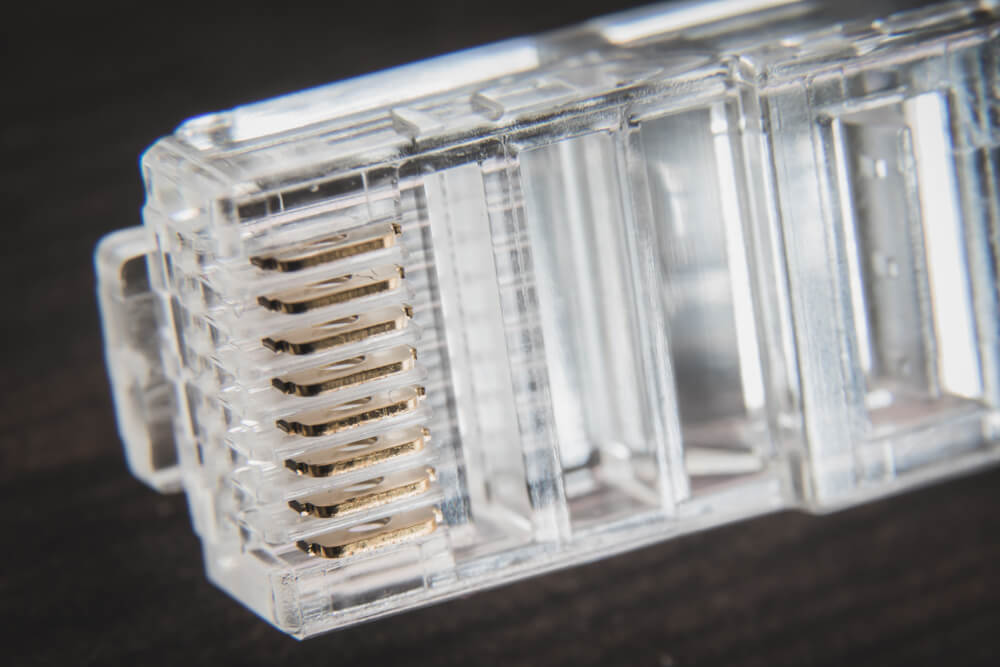
Step #4: Crimping the Connector and Cable into Place
The final step in making the patch cable would be crimping the cable and connector into place to secure the connection. The same would procedures would be done at the other end of the cable completing the process of making a patch cord.
Cable Testing and Inspection Prior to Shipping
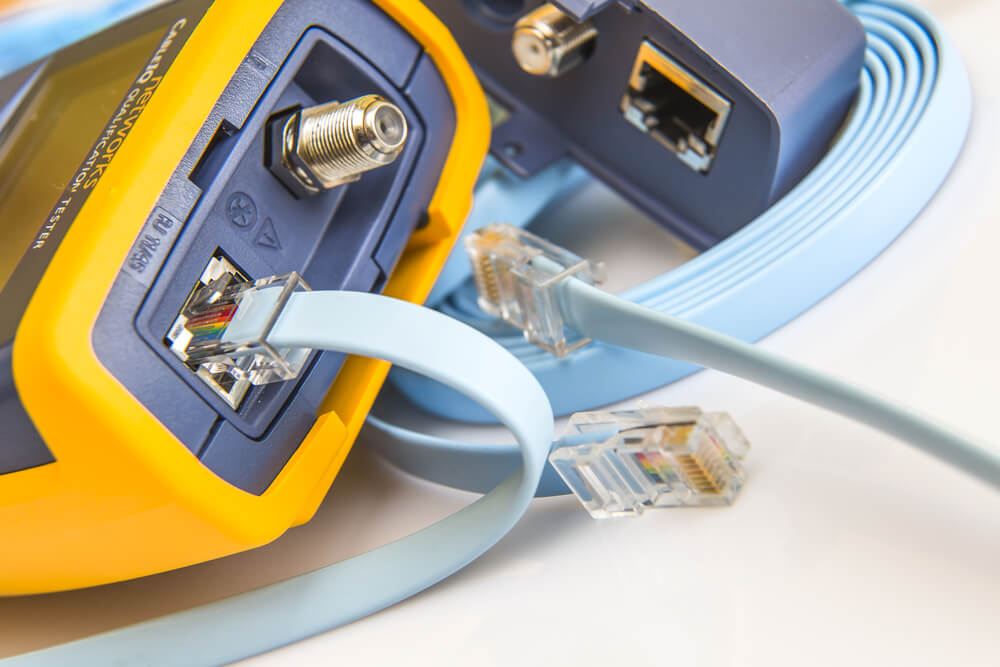
Fluke and Electrical Tests
Electrical tests include a continuity verification and a core-to-sheath test. This test measures the minimum voltage requirements between the cable core and the metal sheath that helps ensure that high-voltage surges. You can ensure that lightning strikes cannot reach the conductors. Conductors are checked for electrical integrity through a high-voltage test. Random tests are also performed for capacitance and resistance check.
Shipping
Preparing the cable for shipment includes sealing the cable end with a steel or plastic cap, and testing air-core cables for integrity. These cables are equipped with valves so that dry, pressurized air can be pumped into them to protect them from moisture.
Quality Control
“If a thing’s worth doing, it’s worth doing well,” as quoted by a Chinese proverb.
OTSCABLE not only assures the best quality Patch Cables are delivered into the market, but also upholds an environmental responsibility of disposing of raw materials, in-process products and end-products which can potentially harm the environment.
OTSCABLE follows a round of quality checks throughout the production process from raw material acceptance to production and to end-products processing prior to shipping.
Raw-Material Quality Control (RMQC)
High-quality raw material is paramount in delivering standard-wise end-products. Upon delivery of the raw materials (copper wires, etc), they go through IDC inspection that determines whether they pass or fail. Failure to meet specific standards will automatically reject the raw materials.
Production Quality Control (PQC)
Mass producing patch cables from the raw materials stored in the warehouse is carried out in the production area.
A certain procedure for testing the cables would be by randomly picking a 90-m cable and by fluke testing it for on-contact to contact voltage, continuity detection and open jaw current detection. Also, the connectors are checked if they conform with T568B standard.
OTSCABLE also carries out a series of quality checks in the production area whether daily, weekly, monthly or yearly. This is to check if certain measures should be done in their machines or manufacturing process should be improved or fixed to meet safety standards for both the process and their employees.
In-Process Quality Control (IPQC) and Unfinished Product Quality Control (uPQC)
These are checks that are carried out during mass production is completed. In-process materials are classified according to their identity, its strength, quality and purity as appropriate and then approved or rejected by the quality control unit during the production process.
Quality Control Before Packing and Final Quality Control
Before the patch cables are packed or boxed, the QC unit checks the products for possible cracks, breaks and cable connectivity. The cables are also physically inspected and tested (electrical tests are run).
Certifications
CE Approved
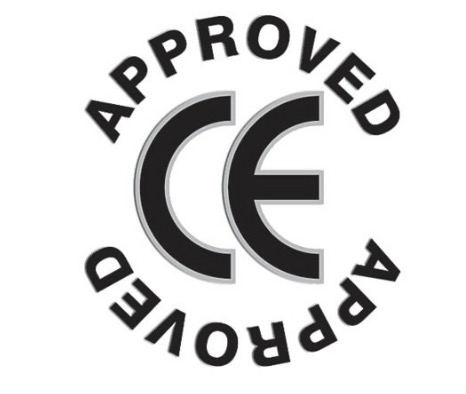
A product marked with CE indicates conformity with safety, health and environmental protection standards for products sold within the European Economic Area (EEA), however, this is also recognizable worldwide.
RoHs
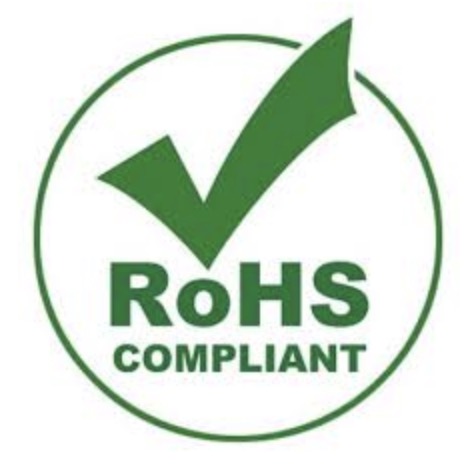
RoHS stands for Restriction of Hazardous Substances. A RoHS listed product means the product has passed qualifications preventing the use of banned hazardous materials electrical and electronic products. These materials are hazardous to the environment and cause pollution to landfills. Moreover, they are dangerous when exposed during manufacturing and recycling.
UL

Underwriters Laboratories (UL) is a Nationally Recognized Testing Laboratory (NRTL) recognized by the Occupational Safety and Health Administration (OSHA). As an NRTL, UL devises, publishes, updates, and maintains minimal standards that certain types of products: magnetic components, electronics, plastics, potable water, and others.
Features
- The cable can be able to connect all the hardware on a Local Area Network.
- With snagless molded strain relief, this cable is RJ45 tap is protected from being damaged during installation
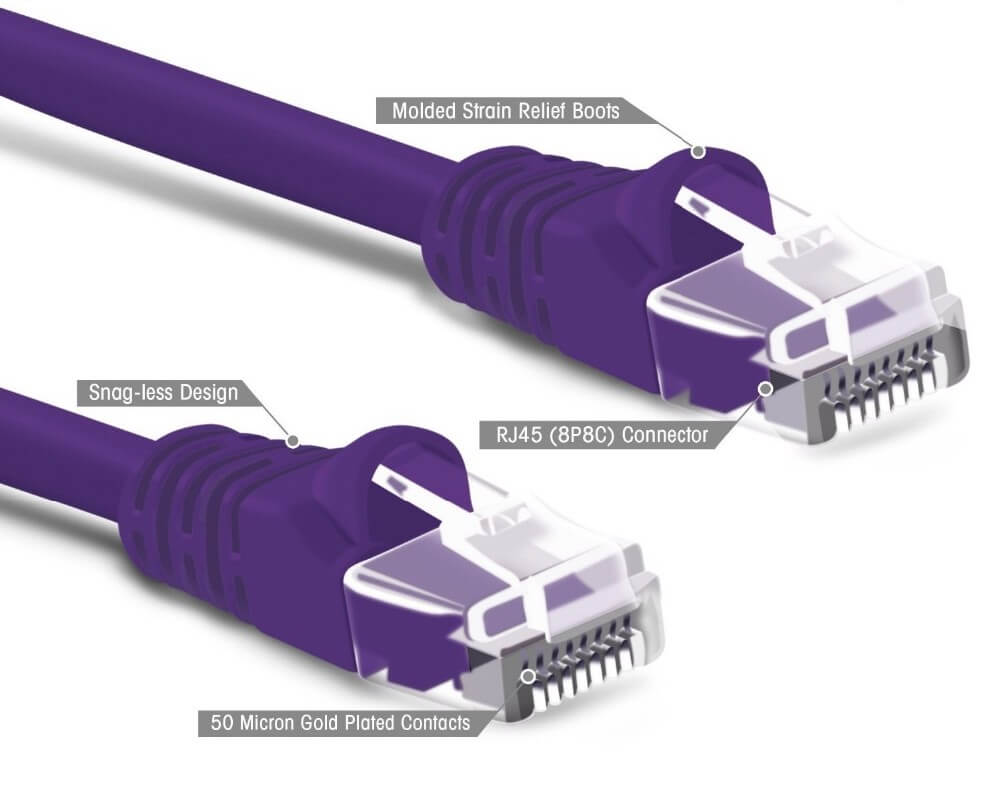
- 7 copper wires Ø0.20 mm (0.008"), 24 AWG
- It features 50 micron gold plated RJ45 (male-to-male) connectors which ensure clear transmission.
- Compliance Standards: EIA/TIA-568B
- RJ45 - male Connector(s) (Other Side): RJ45 - male.

- Jacket: Polyvinyl Chloride(PVC) , Polyethylene (PE) or Low Smoke Zero Halogen(LSZH) CE,RoHS compliant Length: 1m/1.5m/2m/3m/5m (3FT/5FT/7FT/9FT/15FT)
- Colors Available: Gray, Black, Green, Blue, Red, Yellow, Orange, White, Purple, Pink
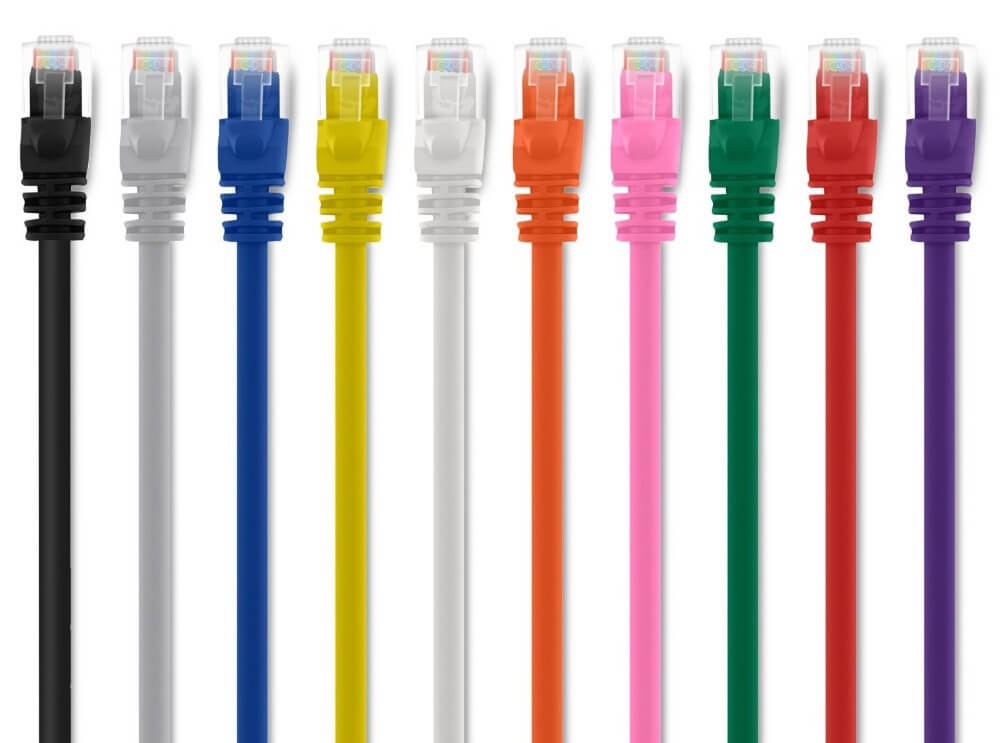
Benefits
Superior Electrical Performance
Electrical performance is best achieved as the twisted conductor pairs are gap-free. This means that the conductor-to-conductor spacing, or centricity, is kept uniform, offering excellent and consistently reliable movement of electrical signals.
High Reliability and Performance with Superb Connectivity
OTSCABLE patch cables never fall short of providing reliable connectivity, even in events of losing power or when the wires are damaged.
Applications
OTSCABLE offer patch cables/cords that are usually found in
- Computers
- Telecommunications
- Hardware and other networks and short communication systems
- Non-network applications such as:
- Headphones
- Microphones
- RCA connectors
- XLR connectors
- TRS phone connector cables
- modular Ethernet cables
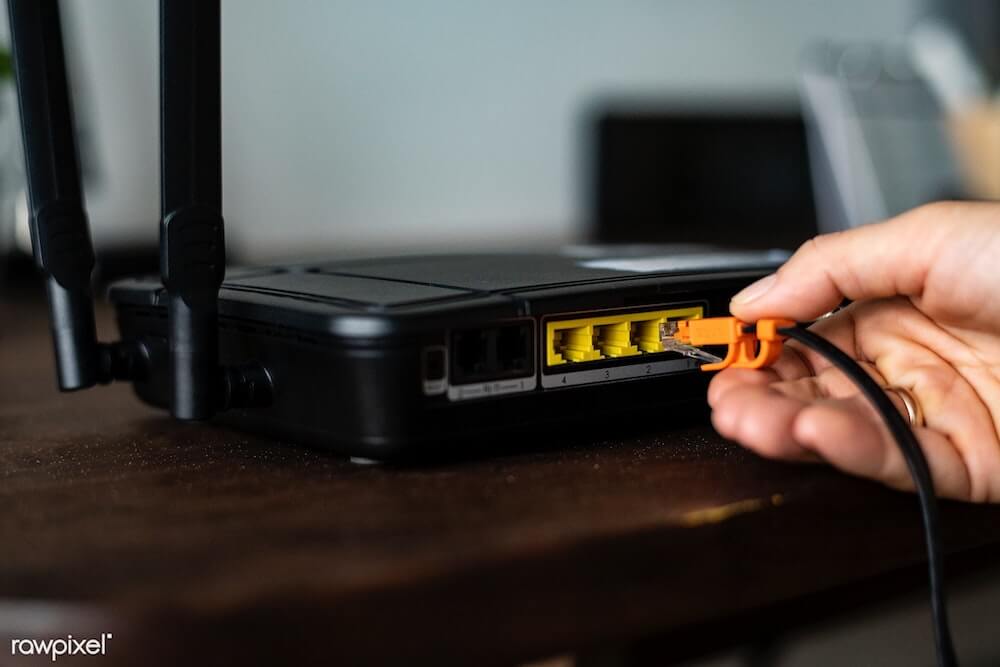
Frequently Asked Questions
Here, we’ve gathered questions that are commonly asked about Patch Cables, product orders and product samples. Feel free to drop us a question if you didn’t find what you are looking for below.
About Patch Cables
Is Ethernet Crossover Cable the same with Patch Crossover Cable?
Ethernet crossover cable is a type of crossover cable for Ethernet. It is often used when connecting computing devices of the same type or two switches to each other. Patch cables are straight through cables that connects devices of different types (computer to network switch or Ethernet hub).
What is the difference between your solid bare copper cables with stranded Ethernet cables?
Cat5e, Cat6, Cat7 and Cat8, consists of twisted pairs of wires that are either solid or stranded. Stranded cables are made of numerous smaller wires bundled/woven together. For Patch cables, these are crimped with RJ45 connectors. The wires can move flexibly about as they are smaller in diameter and can survive longer in strenuous conditions. A Solid cable is composed of a single run of copper wire. It is suitable for backbone cable runs. As compared with stranded cables, these solid cables are designed to be rigid. It is suggested for runs between two wiring centers or from the outlet to the wiring system.
Products Order FAQS
How is your terms of payment?
Our terms of payment is usually via telegraphic transfer (T/T), but you can suggest other options that we may consider such as Letter of credit (L/C). We usually let the customer pay 30% in advance and 70% balance before shipping.
What's your delivery time?
Our delivery time is usually after 30 days, but special considerations for short orders may be accommodated for a shorter time. At OTSCABLE, we value intimate communications with our clients so that both parties are satisfied at the end of the day.
How about your price and MOQ?
About the price, it is best that you contact us, but at this early stage of wanting to know about our price range, we can assure you the best quality with the most competitive price you could ever find.
We have also special considerations for small orders so you won’t have to worry about MOQ.
Can I get the schedule of my order?
Sure, when we begin your order, we could tell you everything.
When will I receive my customs clearance documents?
After we confirm that we have received your remittance, we will immediately arrange a DHL shipping to your requested address.
Products Sample FAQS
How can i get the free sample?
The purpose of the business is Win-Win, we are glad to receive your email about enquiry,free sample,etc.
Which information must I provide?
Name, Email, Company, Country, City, Address
Which express company do you have?
DHL, UPS, EMS, TNT, FEDEX or you can suggest.
How long does it take to my address?
One week is the usual duration before you can receive your free sample.
Why Choose OTSCABLE Patch Cables
Choosing Patch cables supplier, OEM/ODM, contractor or wholesaler is best brought to you by OTSCABLE. Who doesn’t want superior, cost-effective, high-performing network giving the best results and ROI for your company? At OTSCABLE, we manufacture high-quality and low-priced indoor and outdoor patch cables for your network and telecommunication needs. We also provide a variety of options for modular connectors/plugs and accessories for reliable connectivity.
There are tons of companies out there promising the best. Here at OTSCABLE, we not only meet and exceed cabling requirements but also give the best customer-service and after-sales service.

We have grown and prospered in the business of manufacturing Patch Cables for more than 17 years, continuously innovating and researching for more to find the best solutions for our customers. We have loyal customers from the Middle East, Africa, South America, Europe and many more.
Talk to us and we’d be happy to accommodate you in your long and tedious journey of finding the right China supplier of Patch Cables.
Industries Solutions


Data Center Cabling

Enterprise Networks

Optical Cable OEM

Optical Transport
Send Us a Message
Welcome to contact us by fill the right contact form or write to us directly by the contact info below:
+86 (0) 755-23769401
[email protected]

Send us a message if you have any questions or request a quote. Our experts will give you a reply within 12 hours and help you select the right product you want.

